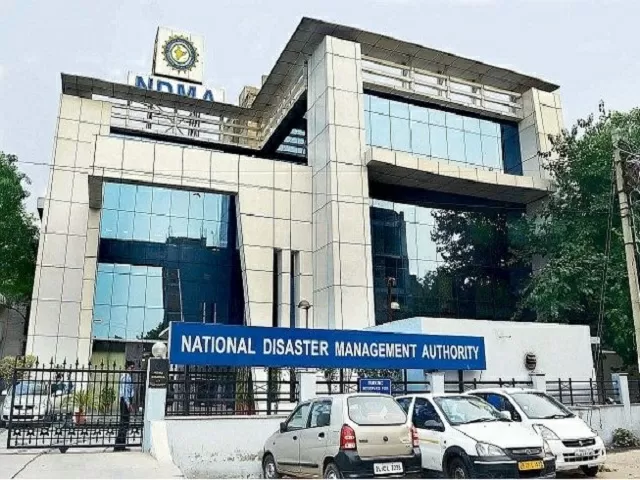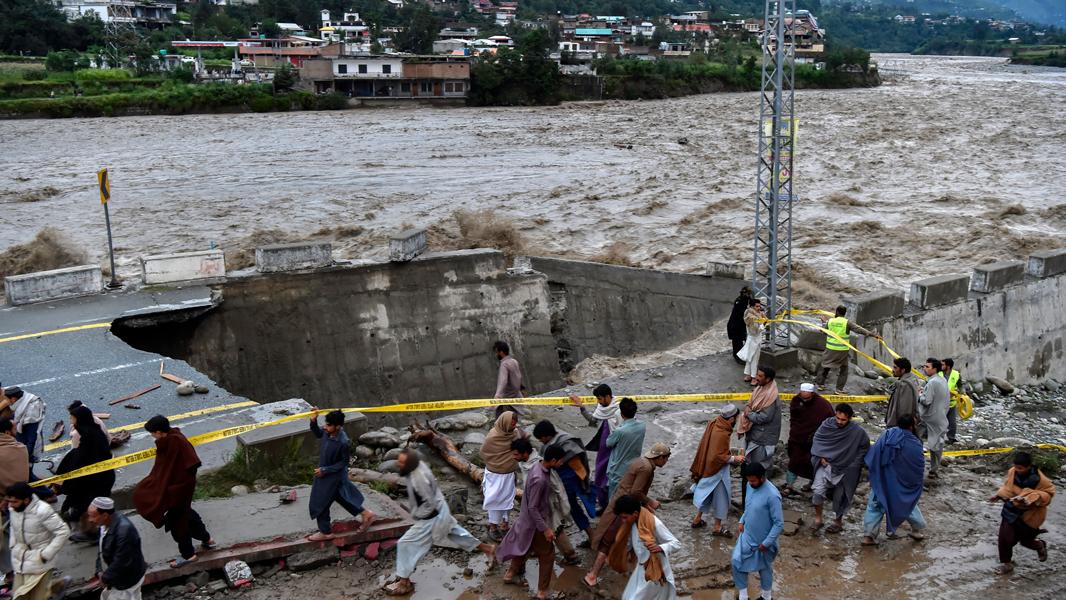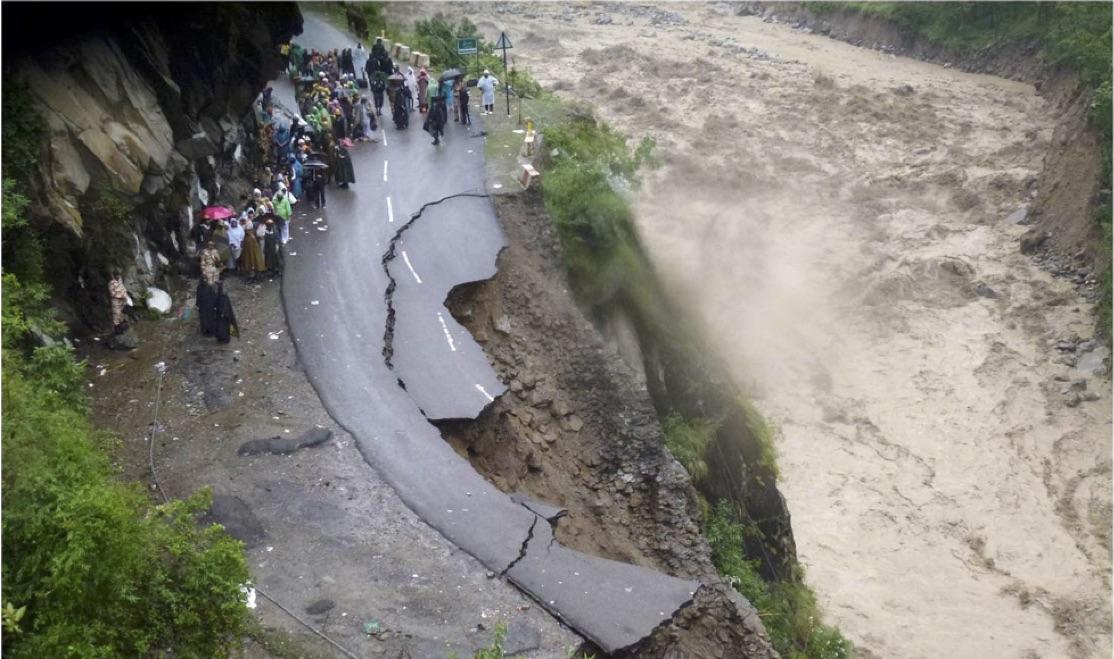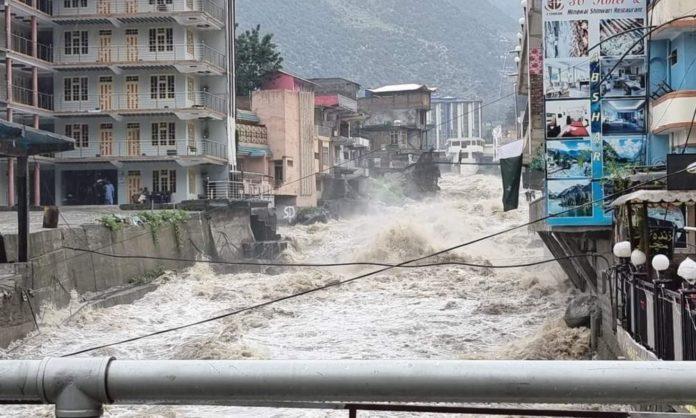Lately, Pakistan has become that one sketchy town where everything bad happens be it natural disasters, aliens, serial killers, spooky stuff, whatever. Recently, the whole country has been facing the consequences of the fight between political parties over power.
Now Pakistan is on a high weather alert according to the Natural Disaster Management Authority. Even, if we’re talking about the weather in Pakistan nowadays, it has been extremely unpredictable with some events taking place that have never occurred before in the past. Let’s look at what NDMA has warned Pakistani citizens about.

Weather Warning
Pakistan has been issued a dire warning by the NDMA to prepare for a series of extreme climate events. These events may include intense heat waves, rapid snow melting, landslides, flash floods, forest fires, and even cyclones. The NDMA’s official letter urges provincial governments to take extraordinary and early precautions in order to weaken the effect of these events between April and October.

Previously too, the floods of 2022 were predicted before time because the annual monsoon rains are expected every year. The floods were heavier than usual because of monsoon rains and melting glaciers that followed a severe heat wave, both of which are linked to climate change. However, despite warnings and predictions the lack of efficient and timely efforts but the authorities led to the nation suffering through one of the worst climactic damages ever.
Region Specific Warnings
To ensure proactive efforts, the NDMA has provided region-specific guidelines to disaster management authorities and stakeholders, urging them to issue impact-based alerts and advisories. The Space and Upper Atmosphere Research Commission (SUPARCO) and the Pakistan Meteorological Department (PMD) have also been tasked with monitoring glacier melt in vulnerable “glacier lake outburst flood” (GLOF) sites and assessing their impact on downstream river flows. They are expected to release monitoring reports on a fortnightly basis.

Sindh, Balochistan, GB, KPK, AJK,
Specifically, the PMD has forecast higher temperatures in northern regions and along the coastal belt from May to July, affecting Sindh, Balochistan, and Gilgit-Baltistan. Additionally, the NDMA has recently also issued a disclaimer following the PMD’s rain-thunderstorm forecast from May 22 to 26. During this period, wind dust, thunderstorms, and rainfall, including possible hailstorms and heavy falls, are expected in various regions of the country.
The affected areas include Azad Jammu and Kashmir (AJK), Gilgit-Baltistan (GB), Khyber Pakhtunkhwa (KP), Punjab, and parts of Sindh and Balochistan. Cities such as Islamabad, Lahore, Multan, and Faisalabad are among those likely to experience the impact of these weather events.
Stay tuned to Brandsynario for more such news nd updates.












































